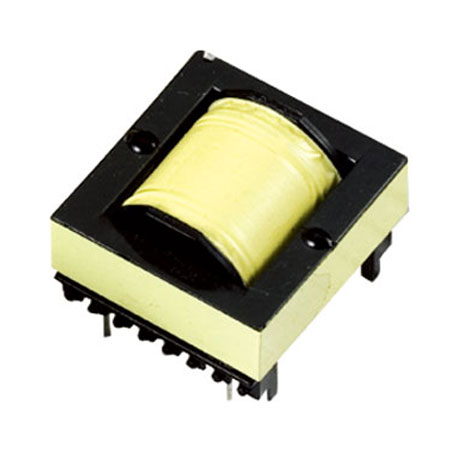In the hope of sharing information about electronic components, Easybom, a search engine for the electronic component industry, has collected the information which helps you distinguish pulse transformers from high-frequency transformers.
A pulse transformer is a kind of broadband transformer. Nonlinear distortion is a highly significant indicator for transformers used for communication. As a result, it is required that the transformer should work at the initial permeability of the magnetic core so that even the transformer with small power such as the input transformer should be in a large shape. Reducing the loss is another concern for the transformer besides the frequency characteristics.
Comparison of pulse transformer and general transformer conducted by Easybom:
The basic principles of all pulse transformers are the same as general transformers (such as audio transformers, power transformers, etc.), but the magnetization process of the magnetic core is different as follows:
- The pulse transformer is a transformer that works in a transient state. In other words, the pulse process occurs in a short period of time, and it is a square wave with a smooth top. The general transformers work in continuous and unchanging magnetization. The alternating signal changes according to a sine wave.
- The pulse signal is a repetitive cycle with a certain interval and only has positive or negative voltage, while the alternating signal is continuously repeated, with both positive and negative voltage values.
- The pulse transformer requires no distortion when the waveform is transmitted, and also requires the leading edge of the waveform and the top drop should be as small as possible. However, these two indicators are contradictory.
Comparison of high-frequency transformer and pulse transformer conducted by Easybom:
- Different in nature
High-frequency transformer: A power transformer with a working frequency which exceeds the intermediate frequency (10kHz).
Pulse transformer: a transformer with a wide frequency
- Difference in uses
High-frequency transformer: It is mainly used as a high-frequency switching power transformer in high-frequency switching power supply, and also used as a high-frequency inversion power transformer in high-frequency inversion power supply and high-frequency inversion welding machines.
Pulse transformer: It is widely used in various applications, such as radar and conversion technology, the matching of load resistance and feeder characteristic impedance, the increase and decrease in pulse voltage, and the isolation of the secondary circuit.
- Difference in principle
High-frequency transformer: In the switching power supply, the high-frequency transmit a high-frequency pulse square wave signal. As a result, the leakage inductance and distributed capacitance must be reduced to a minimum value when the high-frequency transformer is under design. The leakage inductance and distributed capacitance will generate surge current, peak voltage, and top oscillation in the transient process of transmission, which results in an increased loss.
Pulse transformer: It uses the magnetic saturation of the iron core to convert the input sine wave voltage into a narrow pulse-shaped output voltage.
As the guidance given by Easybom, you can clearly distinguish the differences between the high-frequency transformer and the pulse transformer and decide which one is more appropriate for you.














